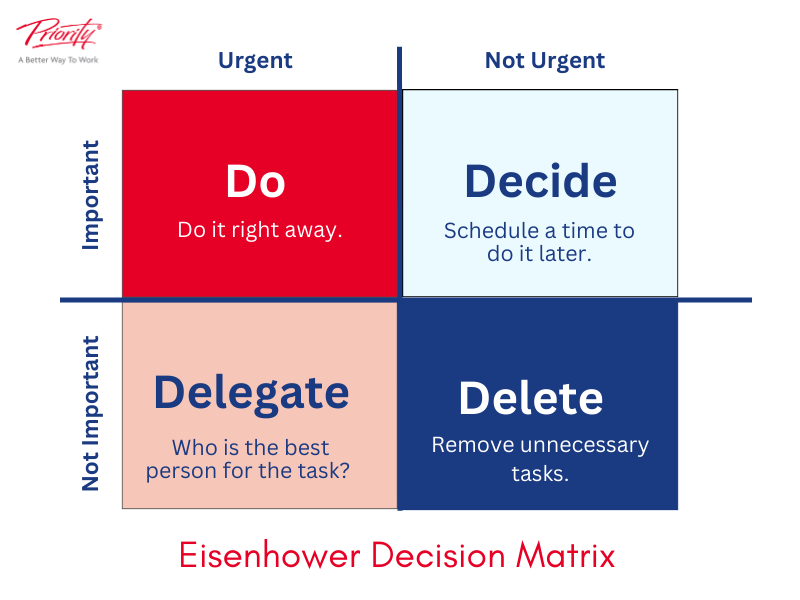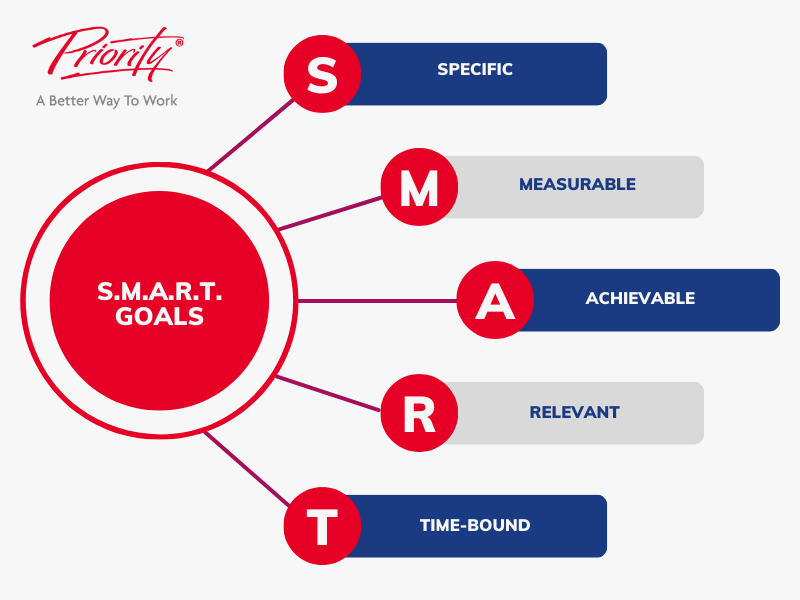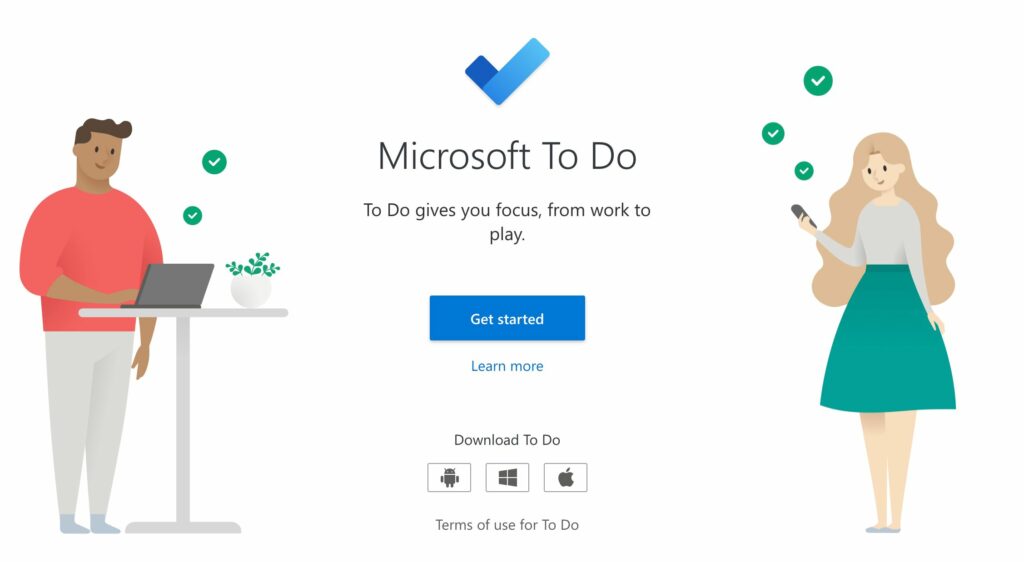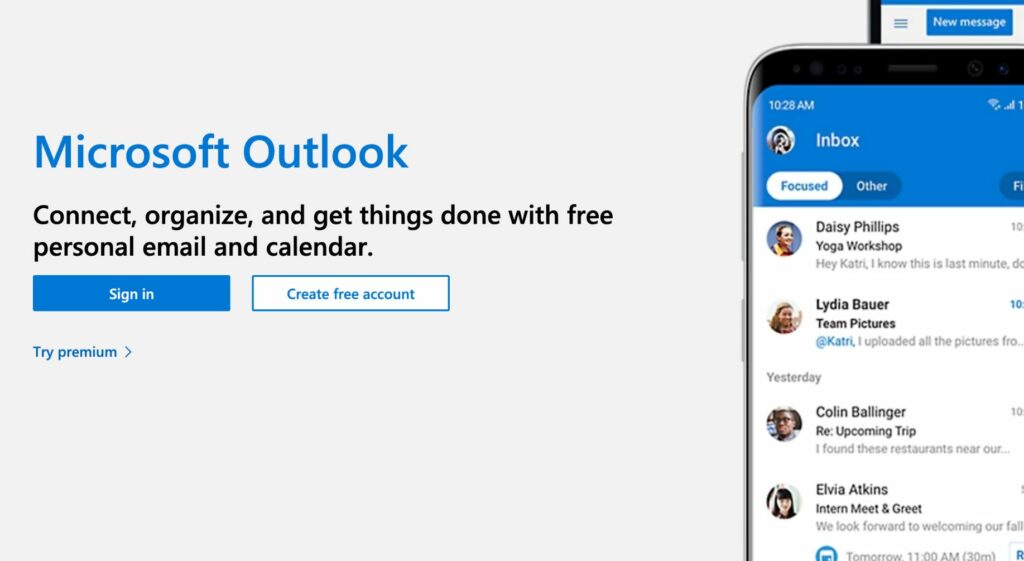Effective time management is a crucial aspect of productivity and success in the workplace. As an employee, strong time management skills can mean the difference between meeting deadlines and struggling to keep up with tasks.
With the constant influx of emails, meetings, and unexpected interruptions, it can be difficult for employees to effectively manage their time. However, by implementing time management techniques and strategies, team members can increase productivity, reduce stress, and ultimately achieve a healthy work-life balance.
In this article, we’ll explore 8 time management strategies for employees to maximise their performance at work. We’ll also include a few time management tips to help you make the most of your time in the workplace and achieve your professional goals — all while reducing your stress levels.
Use the links below to jump directly to a strategy:
- Identify and Eliminate Time Wasters at Work
- Prioritise Tasks and Work in Priority Order
- Set Goals and Deadlines
- Schedule and Plan Out Your Time
- Manage Email Communications More Effectively
- Prevent Office Interruptions
- Delegate and Outsource
- Say No
Strategy 1: Identify and Eliminate Time Wasters at Work
There are a number of time wasters that can hinder productivity in the workplace. Some of the most common interruptions include phone calls, emails, and instant messages that can break focus and disrupt workflows. Meetings can also be a significant time drain if they are poorly organised, too frequent, or unnecessary, while multitasking can decrease productivity and cause errors.
Additionally, inefficient processes and technology can cause delays and lower the quality of work. By identifying these common time wasters, employees and managers alike can take steps to eliminate them and improve productivity across the board.
Use a time tracking app to evaluate your own time wasters
![]()
![]()
To identify and eliminate time wasters, you can start by tracking your time and evaluating how you spend it. This can help to identify patterns of behaviour that may be wasting time, such as excessive and redundant communication or frequent interruptions.
You can then create a plan to control and reduce these time wasters, like setting aside specific times for checking emails or delegating some tasks to reduce your workload. Another example is communicating with colleagues and supervisors about the need for more efficient processes or eliminating unnecessary meetings.
Strategy 2: Prioritise Tasks and Work in Priority Order
Prioritising tasks is essential for effective time management, as it helps each employee focus on their most important and urgent tasks first. By introducing task prioritisation into your daily or weekly professional routine, you can create a clear plan for what needs to be accomplished for successful project completion, reducing stress and the chances of burnout.
Prioritisation can also help employees make better decisions about how to allocate their time and resources, giving them more insight into which tasks hold the most urgency and importance.
Create a to-do list of priorities
Creating a task list ranked by importance and urgency is a useful strategy for prioritising your tasks and ensuring that important deadlines are met. By breaking down your tasks into smaller, more manageable components and ranking them in order of importance, you can better allocate your time and energy.
Start by listing all of your assignments and deadlines, and then assign a level of importance to each task. This can be done using a numerical ranking system, or a simple high, medium, or low urgency label. Work down the list one job at a time, starting with the most critical activities.
Use the Eisenhower Matrix


The Eisenhower Matrix is a popular tool for prioritising tasks based on their level of importance and urgency.
The matrix divides tasks into one of four categories: important and urgent (top of the to-do list), important but not urgent (schedule these items for a later date), urgent but not important (delegate to a colleague), and neither important nor urgent (delete the task from your to-do list). This helps employees focus on the most critical tasks first and avoid wasting their time on less important activities.
Strategy 3: Set Goals and Deadlines
Setting goals and deadlines is an essential aspect of effective time management. Goals provide a clear direction for employees, helping them stay focused on their priorities. Plus, deadlines create a sense of urgency and help you work more efficiently.
Goals and deadlines also provide a way to measure progress and evaluate project success and the quality of deliverables, allowing you to make adjustments and improve your performance.
Tips for Setting SMART Goals


Setting SMART goals is a useful strategy for ensuring that all goals are:
- Specific
- Measurable
- Achievable
- Relevant
- Time-Bound
Start by identifying a specific objective and breaking it down into smaller, more manageable steps. Each step should be measurable and achievable, with clear metrics for success.
The goal should also be relevant to your overall professional aspirations and aligned with the needs of your business and projects, and have a clear deadline or timeframe for completion.
Tips for meeting deadlines
To meet deadlines and stay on track, you can start by breaking down large projects into smaller, more manageable items and assigning deadlines for each task.
Use tools such as a calendar, to-do list, or even, project management training to help stay organised and focused. Regular check-ins and progress updates can also help you stay on track, identify situations in which a different approach is needed, and make adjustments as necessary.
Strategy 4: Schedule and Plan Out Your Time
Scheduling and planning out your time involves setting aside time in your daily or weekly routine to plan and prioritise tasks and create a schedule. This helps employees to better manage their workload, stay focused on priorities, and reduce the likelihood of procrastination or time wasting.
Make time for your top priorities first
To effectively schedule your time, identify your top priorities and allocate time for those tasks first.
Be realistic about the amount of time needed for each task and be sure to schedule breaks and downtime. Use time management tools like calendars and to-do lists to help you stay organised and on track, and be sure to review and adjust your schedule regularly to ensure it remains realistic and achievable.


Tips for Planning
To effectively plan your time, set clear goals and deadlines for each task, and build in time for unexpected delays or obstacles. Tools like project management software or task lists can help you stay focused and organised.
Strategy 5: Manage Email Communications More Effectively
Email and other forms of communication can have a significant impact on time management in the workplace. The constant influx of messages and notifications can be distracting, causing employees to lose focus and productivity. Responding to emails can also be time-consuming, taking away from other important tasks and responsibilities.
Prioritise messages based on importance and urgency
Start by setting aside specific times of your day to check and respond to messages. Be sure to prioritise messages based on their importance and urgency, and use filters and labels to help you organise your inbox.
Consider using tools like templates and automated actions to save time when responding to frequently asked questions or requests. Remember to communicate clearly and concisely in your own messages to reduce the likelihood of back-and-forth conversations or miscommunication.
Use tools to boost email productivity


There’s a wide variety of tools available to help employees improve their email and communication efficiency.
This includes email clients with built-in productivity features, communication platforms that consolidate messages from multiple channels, and project management tools that integrate communication and collaboration features. Additionally, there are training programs and resources to help employees develop their communication skills, including email writing and time management techniques.
For example, Microsoft Outlook training may help reduce your email overwhelm and help you learn to use the program to maximise your time.
Strategy 6: Prevent Office Interruptions
Constant interruptions, such as impromptu meetings, phone calls, or drop-in visits, can disrupt workflow and derail progress on important tasks and projects. Interruptions can also be mentally draining, making it difficult for employees to refocus and get back on track.
Create boundaries to prevent office distractions


To manage office interruptions, start by establishing clear boundaries and communicating them to coworkers and supervisors.
Consider using noise-cancelling headphones to reduce distractions, and be sure to prioritise your tasks and responsibilities.
Schedule time for focused work and use tools like voicemail or automatic email responses to manage communication during these periods.
Create a designated work space for remote work
To manage interruptions while working remotely, establish clear boundaries and communicate them to family members or roommates who may share your living and working space.
Having a designated workspace can reduce distractions and create a more productive work environment. Prioritise your tasks and responsibilities and schedule time for focused work, and use tools such as video conferencing or chat platforms to communicate and collaborate with coworkers.
Strategy 7: Delegate and Outsource
Delegating and outsourcing tasks can be an effective way of freeing up time and resources, allowing employees to focus on their core responsibilities and priorities. By delegating tasks to other team members, employees can reduce their workload, increase efficiency, and ensure that tasks are completed effectively. Additionally, delegating and outsourcing can help employees develop new skills and foster collaboration and teamwork within the business.
Delegate time-consuming tasks
Look for tasks that are time-consuming or outside of your area of expertise, and consider the skills and strengths of team members who may be able to handle these tasks more effectively.
Be sure to communicate clearly and provide detailed instructions and expectations for the task, and provide feedback and support as needed throughout the process.
Strategy 8: Say No
Learning to say no is an important time management skill to possess. Saying yes to every request can lead to overcommitment, stress, and a decrease in productivity and quality of work. It’s important to learn how to prioritise and weigh the costs and benefits of each request, and be willing to say no when necessary to maintain focus on top priorities. Saying no can also be a way to set boundaries and establish expectations for others, helping to prevent unnecessary interruptions and distractions.
By learning to say no, you can free up valuable time and resources for the most important tasks, reduce stress and burnout, and establish clear boundaries and expectations with colleagues.
Skilled communicators often use the art of saying no without actually saying no. One approach to this is saying “yes” conditionally, such as agreeing to take on a task but only after completing certain other priorities first. Your yes is entirely on your terms, leaving you in charge of your time.
It can be a difficult skill to develop at first, but with practice, saying no can become an empowering way to achieve a better work-life balance.
Our Favourite Employee Time Management Tools, Resources, and Courses


There are many time management tools, resources, and courses available to help employees improve their time management skills.
Tools
- Microsoft OneNote: An app that can be used to capture and organise notes, to-do lists, and ideas in a digital notebook.
- Microsoft Outlook: An app that can help manage your email communications and help you work smarter throughout your day.
- Microsoft Teams: Work together better with your team by using collaboration software to streamline communication, file sharing and online meetings.
- Google Calendar:A calendar app that allows users to schedule and organise their time, set reminders and notifications, and share their calendar with others.
- Forest: An app that uses gamification to help users stay focused and productive by “growing” a digital tree whenever they stay off their phone for a certain period of time.
Resources
- The Pomodoro Technique: A time management method that involves breaking work into 25-minute intervals with short breaks in between to increase focus and productivity.
- “Eat That Frog” by Brian Tracy: A book that provides practical strategies for overcoming procrastination and tracking important tasks first thing in the morning.
- Time Blocking: A method that involves scheduling specific blocks of time for certain tasks or activities.
Courses
- Working Smart with Microsoft Outlook: Receive practical hands-on training and proven techniques for a powerful time management solution that integrates communication, planning, and tasks.
- Working Smart with Google Apps: Turn your intentions into actions and your actions into results with effective time management techniques.
- Working Smart in Meetings: Learn how to plan, organise, and run a successful meeting to ensure that everything is on time, on track, and on purpose
Time management is evidently a critical skill for employees in any industry. By implementing strategies, you can successfully prioritise tasks, reduce stress, and increase productivity in the workplace.
It’s important to remember that everyone’s capacity and work style is different, so what works for one employee or business may not work for another. Experiment with different time management techniques and find the ones that work best for you. With consistent practice and dedication, you can develop effective time management habits to reach your professional goals.
If you want to hit the ground running and start developing strong time management skills, consider taking a time management course. For the last 40 years, Priority Management has offered expert time management courses for all audiences, from individual professionals to large enterprise teams. In fact, our time management courses are proven to have saved past students 54 minutes per working day!
Our instructors tailor our training to suit your specific industry, goals and assignments, to help you reach project requirements and achieve high-quality outcomes. If you’re ready to get started, or you have any questions, reach out to us today!
